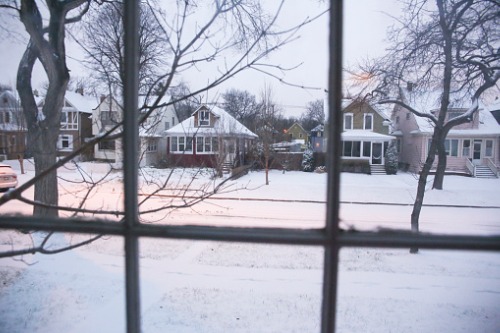

Wildfires and hurricanes from recent years have impacted many homeowners’ and businesses’ ability to find affordable property insurance, but they’re not the only types of weather events that are contributing to a hardening property market. Hailstorms rank as one of the more damaging weather events in the US with 5,382 major hailstorms occurring in 2019 and 4,610 hailstorms in 2018, the latter of which resulted in $810 million in property and crop damage, according to the National Oceanic and Atmospheric Administration (NOAA).
It’s no surprise then that the property insurance market is finally reacting to this icy threat.
“The assumption of risk from property carriers has proven unsustainable due to years of deteriorating property rates and terms and conditions, and the lowering of deductibles – just general soft market issues,” said Andy Hendrix, SVP of US property at Colony Specialty, a part of Argo Group. “The other concern that we have as property carriers is roof maintenance from both commercial and personal lines risks that haven’t really been consistent.”
He added that there’s been a lot of neglect of older or poorly maintained roofs that have caused fairly large losses following minor hail events, which properly maintained roofs would have helped to mitigate.
In turn, the insurance marketplace has been significantly impacted, thanks also to convective storm and tornado exposures.
“We see tornado and hail deductibles many times higher than that of named storms or hurricanes, so the retentions that insureds are forced to bear are significantly higher today than they were two or three years ago,” said Hendrix. “There’s also been a greater focus for insureds and clients to properly value their property in terms of insuring to value by looking at appraisals of their properties.”
The onus is thus on policyholders to ensure that they’re mitigating against the risk posed by hailstones. Besides insuring to value, they need to be inspecting, repairing and replacing roofs on a regular basis, and be aware of how building codes are changing within certain states or counties while keeping their properties up to date with those codes.
In the hail risk mitigation arena, a little investment upfront can go a long way to preventing major financial headaches down the road.
“Relatively small investments on the capital expenditure side for basic maintenance will help prevent significant losses that ultimately will drive the premiums that they’ll be forced to pay in the future,” explained Hendrix. “The trade-off between capital expenditures versus what they’re going to be forced to pay in terms of premium down the road is a trade that insureds should be looking at.”
When taking into account all weather events, however, insureds and their retail agents need to be prepared for the fact that a tougher property insurance market is likely not going to go away. In fact, Hendrix says he believes that property rates are going to keep on climbing.
“I think we’ll see a plateauing at some point, which will be considered more of the new normal and there’ll be a stabling in property rates,” said Hendrix. “But freak weather events aren’t going away, hurricane and earthquake exposures aren’t going away, so in order for property underwriters and property underwriting units to stay viable and relevant, and get back to generating returns for our shareholders, premium levels need to increase.”
